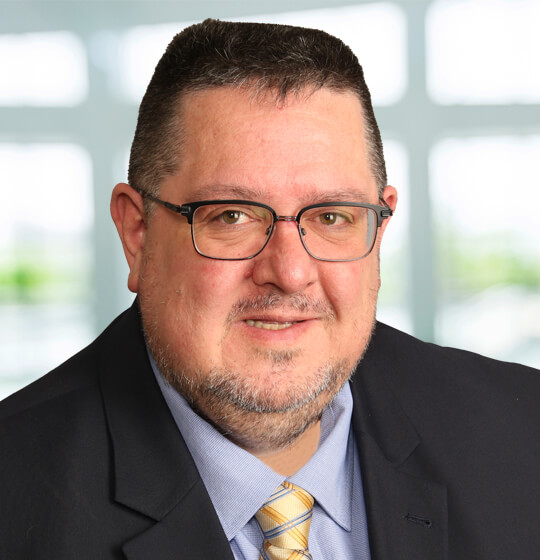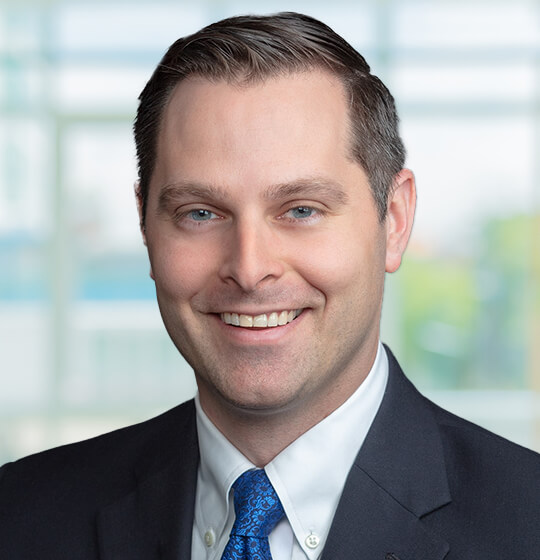Anyone who follows professional football is well aware that Buffalo Bills safety Damar Hamlin collapsed on the field during a Monday Night Football game on January 2, 2023. The sight was jarring. Despite the fact that football fans know violent contact is one of the game’s most defining characteristics, the sight of a world-class athlete collapsing and not getting back up was unexpected and downright scary. The health and safety of Damar Hamlin became the priority, and the game took a backseat.
These types of incidents are not completely foreign, even if they are, thankfully, uncommon. And incidents such as the one involving Hamlin are not confined to American football. In May 2021, on the stage of the European Championship, Denmark’s internationally renowned soccer player Christian Eriksen suffered a cardiac episode on the pitch. And in February 2020, St. Louis Blues defenseman Jay Bouwmeester suffered a cardiac episode on the team bench during a game. Each instance is a reminder of the importance that health and safety play in the work environment.
What this brings to mind is where the Occupational Safety and Health Administration (OSHA) fits into this conversation in light of the National Labor Relations Board’s (NLRB) position that student-athletes are actually employees. While the NLRB’s focus may have been on workers’ rights and protections, the characterization that college athletes are employees has far-reaching implications. That reach includes other federal agencies.
Previously, OSHA has evaluated work-related injuries in professional sports based on the threshold issue of whether an employee-employer relationship exists. In the case of many professional athletes, the employment relationship has been seen as an independent contractor relationship, so OSHA would not cover those instances of work-related injuries. However, the NLRB’s position would answer that question differently for OSHA with respect to collegiate sports and find that student-athletes at the country’s private and public institutions are actually employees. By doing so, the NLRB not only opens the door for OSHA to cover collegiate sports, it shoves OSHA through that door.
The Occupational Safety and Health (OSH) Act specifically covers all private employers. Yet many colleges and universities are public entities. Does that mean that they are not covered? Well, it depends on the state in which they reside. States are allowed to create so-called “state plans” that must offer no less protection than is afforded by federal OSHA. There are currently twenty-two state plans covering both private-sector employees and state and local government workers. There are seven state plans covering only state and local government workers. (Illinois and New York are two states with such plans.) The balance of the states are covered by federal OSHA, which has jurisdiction only over private employers. So public universities and colleges may be subject to state plans, but all private universities and colleges will be subject to either a state plan or the federal OSH Act.
What will these state and federal agencies do to enforce those plans and regulations? The same thing they would be expected to do if there were an injury at any other covered employer’s workplace: inspect, cite, and enforce the applicable regulations. This would include the General Duty Clause and general industry standards for employers or the state plan equivalents. For example, if a student-athlete from the University of Illinois (a public employer) suffered an injury on the football field, the state plan would cover that injury, but if that same injury occurred affecting a student-athlete of the University of Notre Dame (a private employer), the federal plan would cover the injury. Now imagine if the injury to a Notre Dame employee happened during a game at the University of Illinois. Which agency would have jurisdiction: the state or the federal? Add to this the wrinkle of a bowl game played in a state that neither team calls home and even the most fanatically rabid safety person will be at a loss to know for sure which OSHA entity will cover.
Federal OSHA and/or state plans already apply to universities and colleges, public and private. This is nothing new—think about all those employed by those institutions who are not athletes. Nevertheless, adding thousands of new employees to those institutions’ rosters dramatically raises the profile of those institutions and their safety programs, protocols, and practices. How does the university or college provide for a safe working environment, free of known hazards, if the working environment is the gridiron, the hockey rink, or the baseball diamond? What about the wrestling mat, the swimming pool, or even the golf course? Will a college need to have trained its athletes for heat-stress or have provided weightlifting machines equipped with guards or lockout/tagout procedures to protect athletes from pinch points or from hazardous releases of energy? Does sports equipment become personal protective equipment (PPE)? These are just a few of the myriad questions that will need to be answered by OSHA and state agencies, as there are numerous collegiate sports and thousands of collegiate athletes. If they are all employees, their respective institutions must provide them with safe places to work, meaning safe places to train, practice, and compete.
Regardless of the merits or intentions of the NLRB’s conclusion that student-athletes are employees, the NLRB may have pushed OSHA and other federal agencies into the arena, not as spectators, but as referees and umpires of regulatory compliance.








